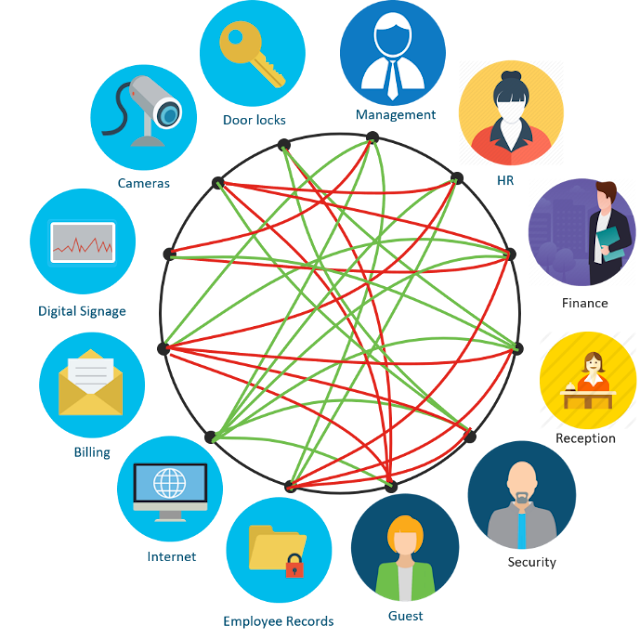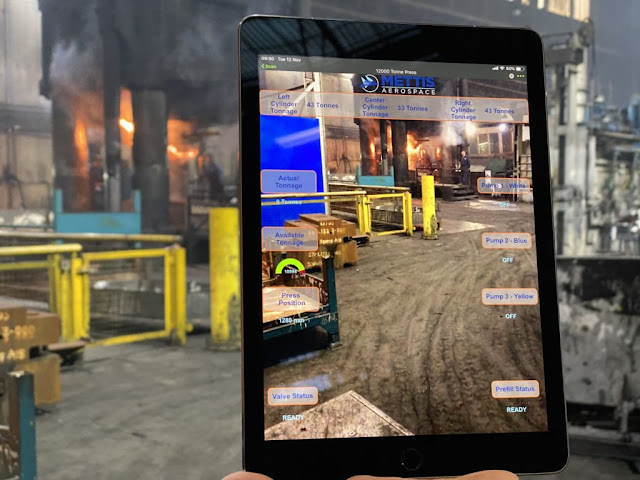The typical solution to address scalability is automation. Automation certainly helps expedite and scale out an IoT deployment, but it’s not enough. If you cut and paste, and deploy text-based device configurations, that will help speed up configuration, but it won’t simplify deployments. A network administrator still has to come up with an appropriate network configuration to meet the business needs, perform extensive testing and validation of these configurations on a platform-by-platform and software-image by software-image basis, and finally templatize these configurations to support device-specific variables (like device names, discrete interface IP addresses, location details, etc.). So, how do we make this entire process easier beyond just automation?
To simplify IoT deployments, Cisco has made a paradigm shift in terms of how we empower network operators to program network devices. This new approach is called intent-based networking. To realize the impact of this new way of thinking, you need to understand that there are essentially two main ways to “program”— that is, to provide a set of instructions. One way is called the imperative model and the other is called the declarative model. Any programmable thing — whether it’s a computer or a person being given instructions — can be programmed using one of these models. The best way to explain the difference between the two models is to use a simple analogy.
Imagine you’re taking a taxicab to the airport. One way you can ensure you get to your destination is by providing the driver explicit turn-by-turn directions: turn left at the first signal, go down three blocks, turn right on Main Street, etc. You break everything down into discrete, very easy to follow directions, but they’re very complex. This approach illustrates the imperative model of programming, where every instruction needs to be provided in detail. Additionally, it should be noted that the imperative approach may even be sub-optimal and inflexible. For example, what if a particular street was closed for repairs and you didn’t know how to detour around the affected area?
An alternative approach, the declarative model, is to leverage the knowledge of the taxi driver and simply declare your intent: take me to the airport. You don’t need to explain how to get there or which route to take. You just express your intent — the business result that you want to achieve — and then rely on the driver to deliver on that intent. This is the paradigm shift we made at Cisco and what intent-based networking is all about.
Intent-based networking for IoT
Cisco DNA Center is the equivalent of that cab driver who knows how to get you from point A to point B without detailed instructions. We’ve embedded 30 years of networking knowledge into our solutions, enabling network operators to express their intent at the business level. For example, in the case of network security policies, a network operator can indicate these devices can talk to those devices. These people can access thoseapplications. That’s business-level intent. There’s no need to specify all the rules of how that intent is delivered, which technology is utilized, what kind of access policy is applied, where it’s deployed, etc. The network operator allows the machine to translate that and then to scale that configuration using automation to the programmable physical and virtual network infrastructures.
But that’s not all. We close the loop by soliciting telemetry data from the infrastructure to confirm that indeed the stated intent was delivered. The system compares the data from the network with what was declared by the operator to make sure that the business intent is being delivered. Either it is, and you have confirmation and data to that effect. Or, it’s not and that’s very important to know because then you can launch a troubleshooting workflow to investigate the root cause and take remedial action.
Intent-based networking is not new. We’ve been doing it within our data center with our application-centric infrastructure for quite a few years now, and more recently in the past five years we’ve been doing it in our enterprise networking. The expression of that is Cisco DNA Center.
What’s important now is that we’ve extended intent-based networking capabilities to the IoT edge. All IoT switches, routers, and wireless access points that run Cisco IOS XE can be managed by the same pane of glass you use to manage the rest of your network via DNA Center. Furthermore, you can extend the enterprise network to your IoT edge — wherever that happens to be: your parking lots, warehouses, distribution centers, manufacturing facilities, airports, seaports, utilities, power grids, etc. All of these places can be extended to using the same toolset.
The result: one intent-based network architecture for a consistent end-to-end experience and one set of security policies. IoT deployment is simplified, but it’s also scalable and secure.









































